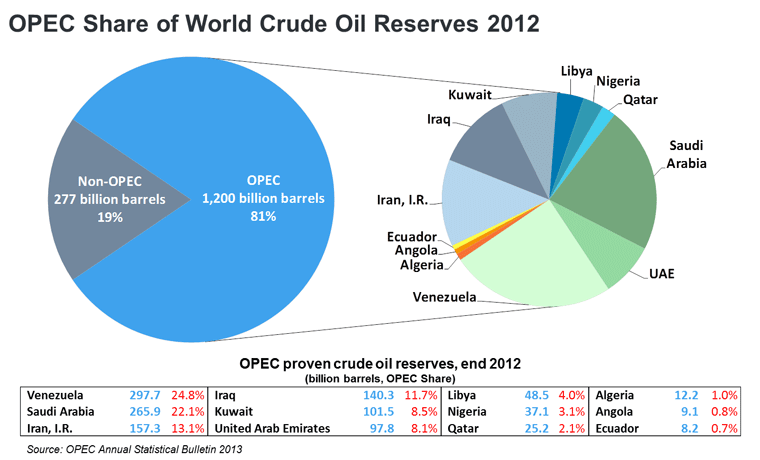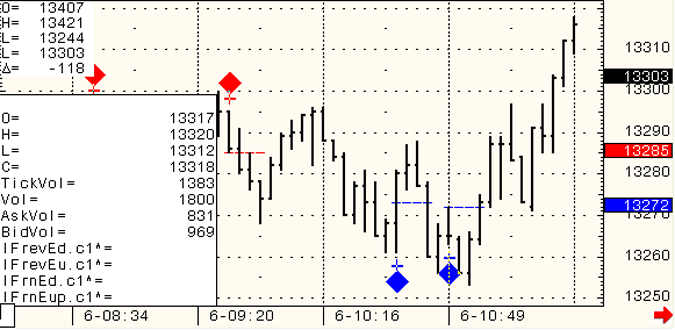Corn is one of nature’s greatest creations. You can make all sorts of delicious foods from the vegetable. It feeds many different types of animals. It is the base to many different popular types of liquor. Corn also can be an alternative fuel source. Not only are the corn’s uses wondrous it is also a very durable plant. It can take almost any type of weather patterns and still grow. Corn is also popular amongst investors, most notably commodity traders. Although a very good sturdy plant, investing in corn is a risky investment. Actually commodity investing is a risky strategy, but rewarding if you can invest the right way.
To invest in a commodity you have to minimize your risk. Commodities traders will use a strategy known as a futures spread. Future spreads lower the amount of risk because the trader is hedging two commodities contracts, the result is the spread between the prices of the two contracts.
The several types of futures spreads traders can take advantage of.
Calendar Spreads
Calendar spreads are also known as Intramarket spreads. The practice lets the trader take on a short contract and a long contract, both based on specific months of the year. An example would be that the trader buys a contract for soybeans in May, and sells another contract for soybeans in November. To get your results you would simply subtract the November price of soybeans from the May price, and then you get your spread.
Intermarket Spreads
Intermarket spreading is the practice of buying a short contract of one commodity and buying the long contract of a different commodity. An example of an intermarket spread; you purchase a short contract of corn and at the same time purchase a long contract of wheat. The difference in the prices of the two will give you the spread.

